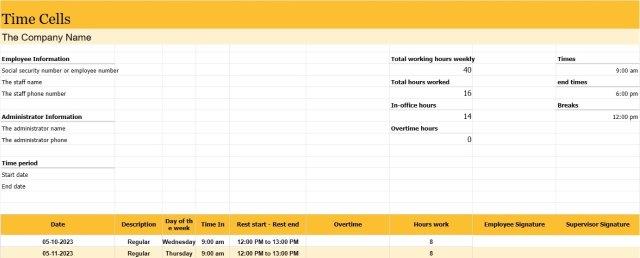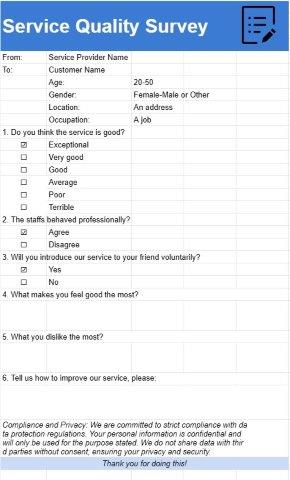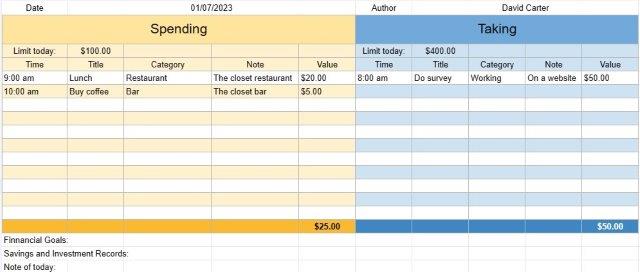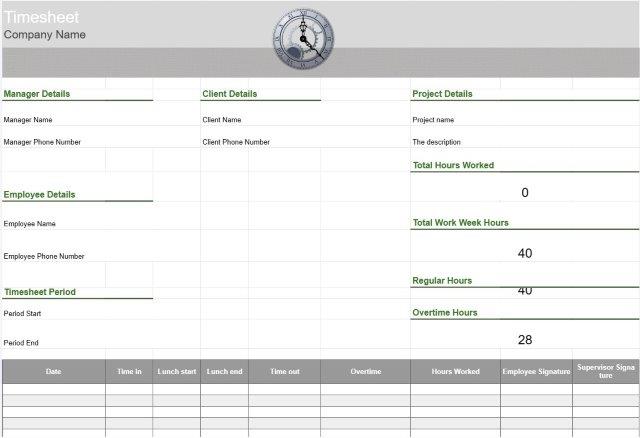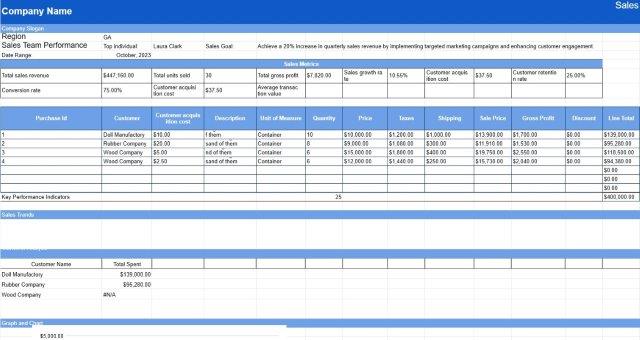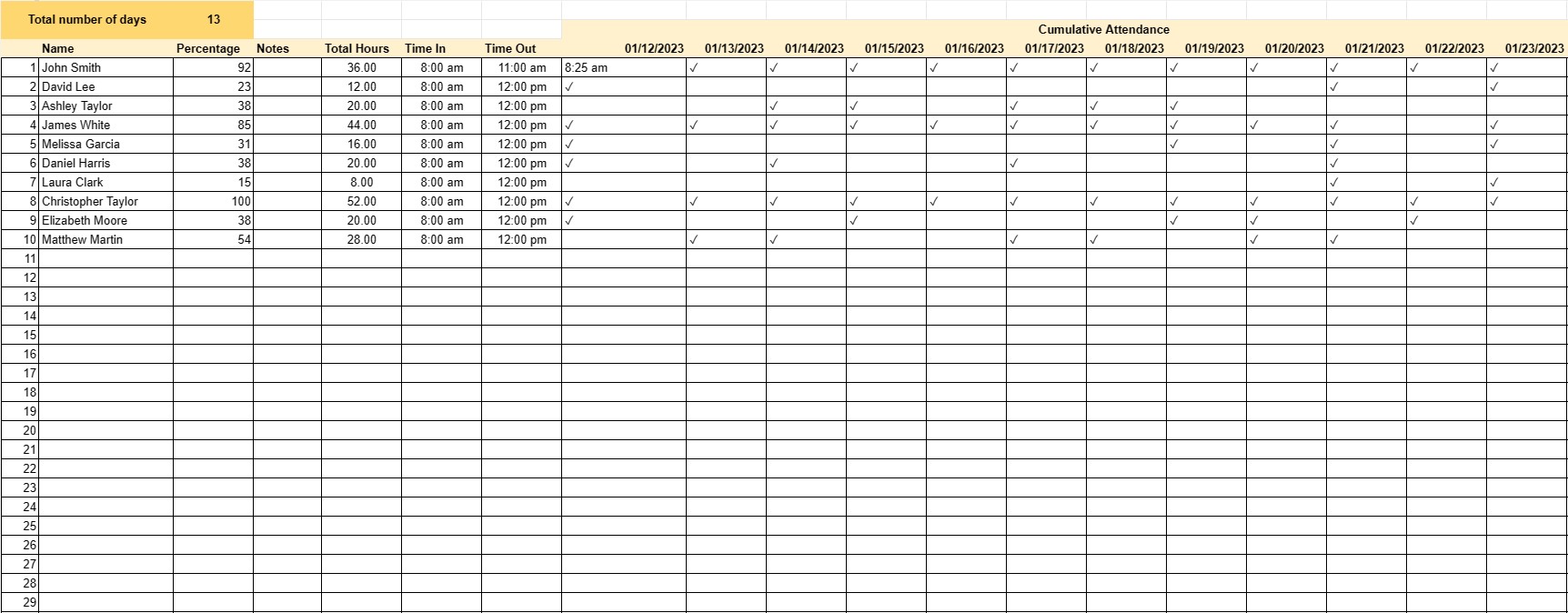

Lankomumo įrašas
Kategorija : Trackeriai
Mokytojas, profesorius ir treneris paprastai tai naudoja sekdami palydovus. Tiesiog atsispausdinkite ir užrašykite pavadinimus ir atlikite darbą daug efektyviau.
Dalyvavimo įrašo šablonas yra dokumentas, naudojamas asmenų, pvz., darbuotojų, studentų ar renginio dalyvių, lankomumui stebėti ir registruoti. Šis šablonas padeda organizacijoms ir institucijoms tvarkyti tikslius lankomumo įrašus, stebėti lankomumo tendencijas ir įvertinti asmenų patikimumą vykdant savo įsipareigojimus lankytis.
Pagrindiniai lankomumo įrašo šablono komponentai:
- Data: šablone yra datos stulpelis, skirtas įrašyti konkrečią įvykio, pamokos ar darbo dienos, kurios lankomumas stebimas, datą.
- Vardas arba ID: darbuotojams arba studentams paprastai yra stulpelis, kuriame įvedami jų vardai, darbuotojų ID arba studento ID. Tai padeda lengvai identifikuoti asmenis.
- Būsena: stulpelis, skirtas pažymėti dalyvavimo būseną, pvz., dalyvauja, nėra, vėluoja ar kitas susijusias būsenas.
- Laikas ir laikas baigiasi: darbo ar mokyklos aplinkoje šiame stulpelyje gali būti nurodytas laikas, kada asmenys atvyksta (įeina) ir išvyksta (laikas baigiasi) kiekvienam lankomumo įrašui.
- Iš viso valandų: jei taikoma, šablone gali būti apskaičiuotas ir rodomas bendras asmens praleistų valandų skaičius.
- Pastabos arba komentarai: skyrius, kuriame galite pridėti komentarų ar pastabų, susijusių su dalyvavimu, pvz., neatvykimo ar vėlavimo priežastys.
- Parašai: kai kuriais atvejais gali likti vietos įgaliotiems asmenims pasirašyti arba patvirtinti dalyvavimo įrašą.
- Suminis lankomumas: norint stebėti ilgalaikį lankomumą, šablone gali būti skyrius, kuriame įrašomas bendras lankomumas per tam tikrą laikotarpį.
Dalyvavimo įrašo šablono naudojimo pranašumai:
- Tikslumas: užtikrina tikslų ir sistemingą lankomumo registravimą, sumažindama riziką klaidų.
- Atskaitomybė: reikalauja, kad asmenys būtų atsakingi už savo įsipareigojimus lankytis darbo vietoje ar mokymosi aplinkoje.
- Tendencijų stebėjimas: leidžia organizacijoms nustatyti lankomumo tendencijas ir tendencijas, kurios gali padėti priimti sprendimus ir imtis veiksmų.
- Teisiniai dokumentai: pateikia įrašą, kuris gali būti naudojamas teisiniais ar atitikties tikslais tais atvejais, kai būtinas dalyvavimas.
- Veiklos vertinimas: padeda įvertinti darbuotojo ar studento veiklą ir patikimumą lankomumo požiūriu.
- Bendravimas: gali būti naudojamas kaip komunikacijos priemonė informuojant susijusias šalis (pvz., tėvus, vadovus) apie lankomumo problemas.
- Išteklių paskirstymas: valdant darbo jėgą, tai padeda paskirstyti išteklius ir planuoti pamainas.
- Įvertinimas: pateikia duomenis, kurie gali būti naudojami veiklos vertinimui, ypač švietimo įstaigose.
Apibendrinant galima pasakyti, kad lankomumo įrašo šablonas yra vertingas įrankis organizacijoms, švietimo įstaigoms ir renginių organizatoriams, siekiant išlaikyti tikslius lankomumo įrašus. Tai skatina atskaitomybę, palengvina tendencijų analizę ir tarnauja įvairiems administraciniams ir valdymo tikslams, galiausiai prisidedant prie geresnio sprendimų priėmimo ir efektyvaus išteklių paskirstymo.
Lengva peržiūrėti ir atsisiųsti skaičiuoklės šabloną
Peržiūrėkite visą skaičiuoklės šablono versiją be jokių apribojimų, kad sužinotumėte, ar jis jums patinka, tada galite atsisiųsti „Excel“ šabloną, išsaugoti jį savo įrenginyje ir naudoti jį nemokamai.
Pasiekite skaičiuoklės šabloną iš bet kur
Tai veikia visose populiariose operacinėse sistemose, tokiose kaip Windows, MacOS, Linux, iOS. Skaičiuoklių šablonus galite pamatyti ir atsisiųsti be papildomų programų.
Kaip naudoti šabloną
Išsiaiškinkite, kaip peržiūrėti, atsisiųsti ir naudoti skaičiuoklės šabloną, atlikdami veiksmus, kuriuos atlikti labai paprasta
Daugiau panašių šablonų
Peržiūrėkite daugiau skaičiuoklės šablonų, kurie yra toje pačioje kategorijoje su pasirinktu.

